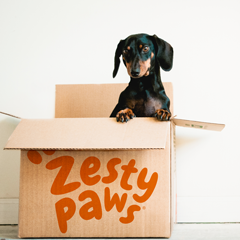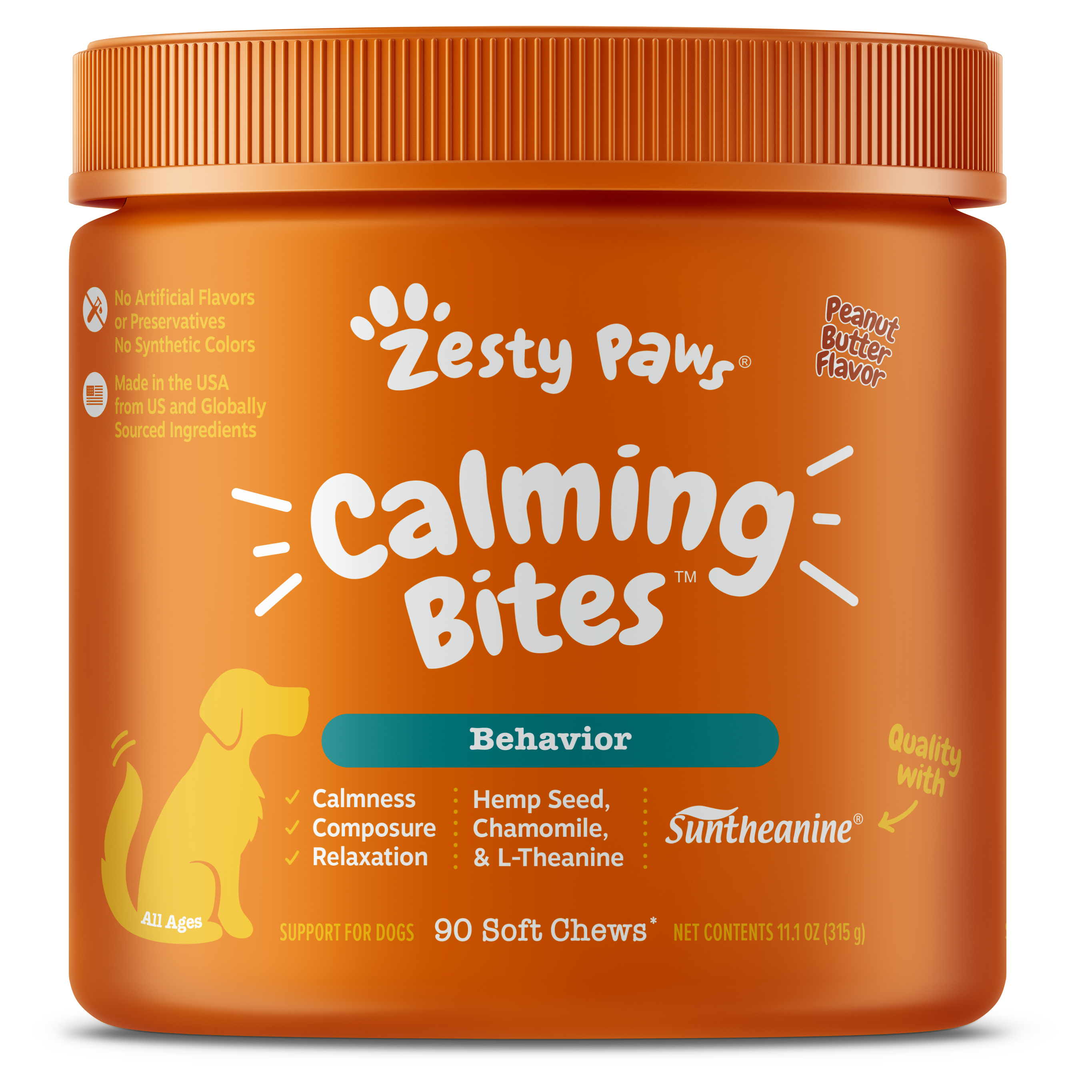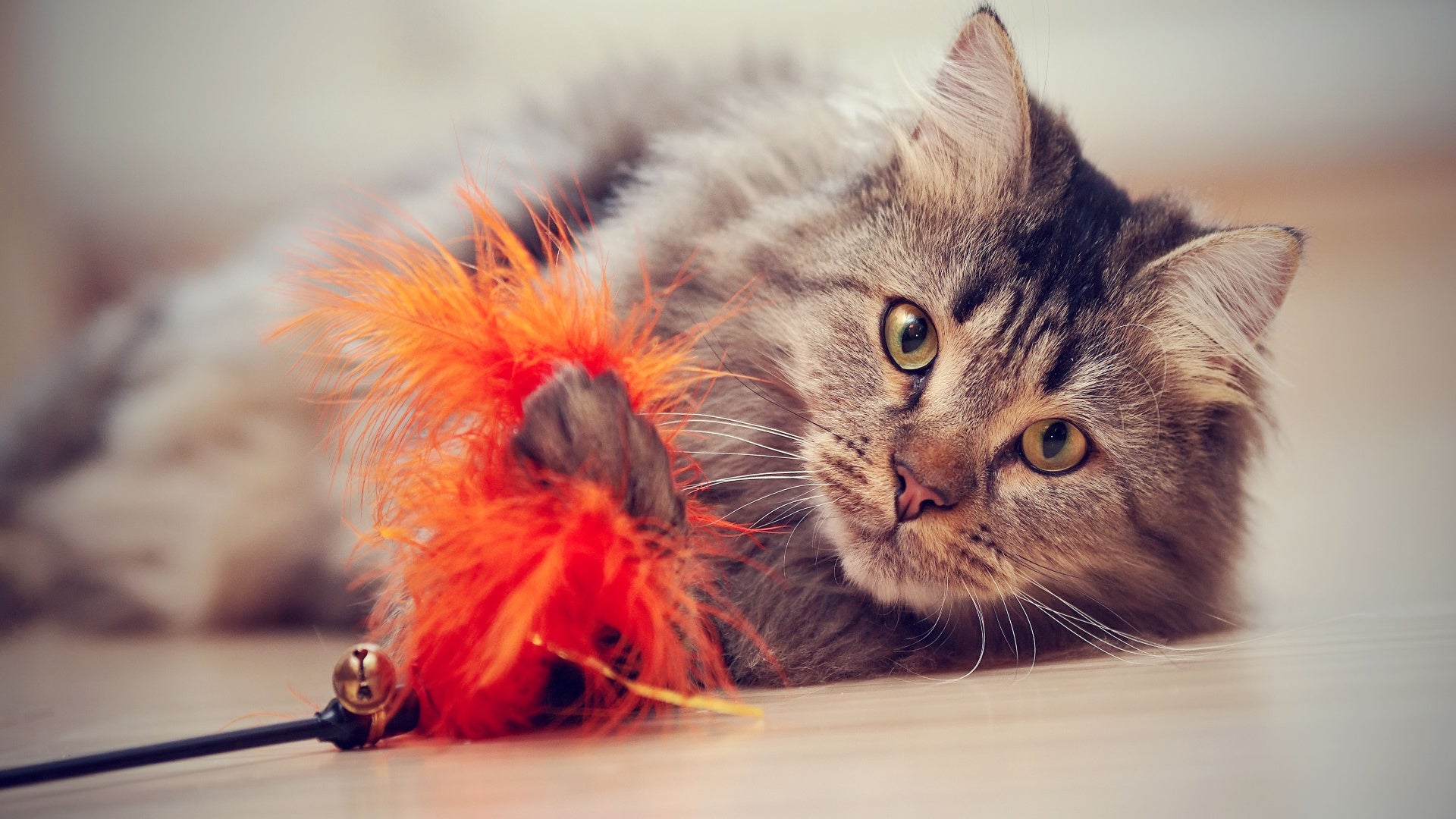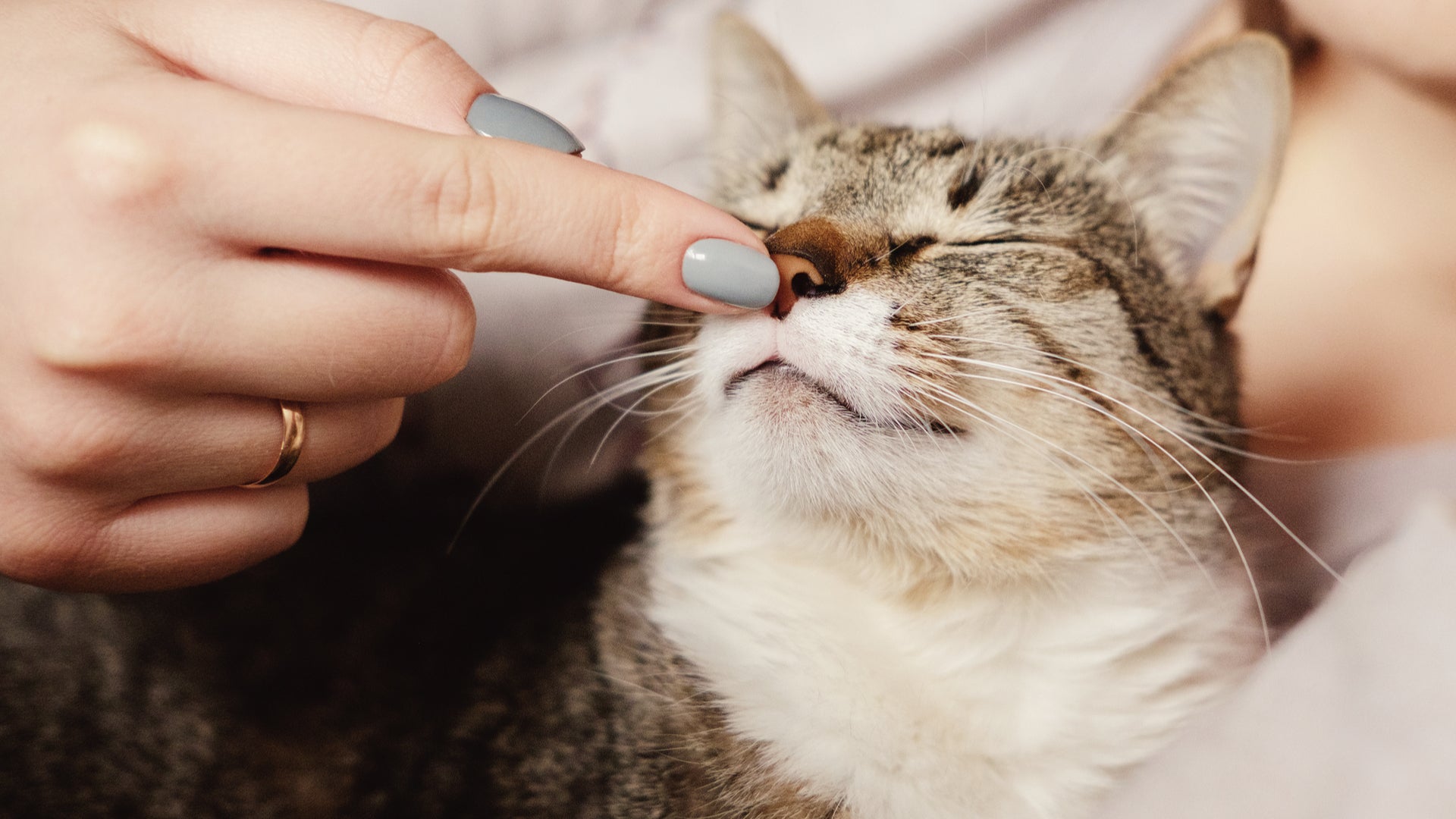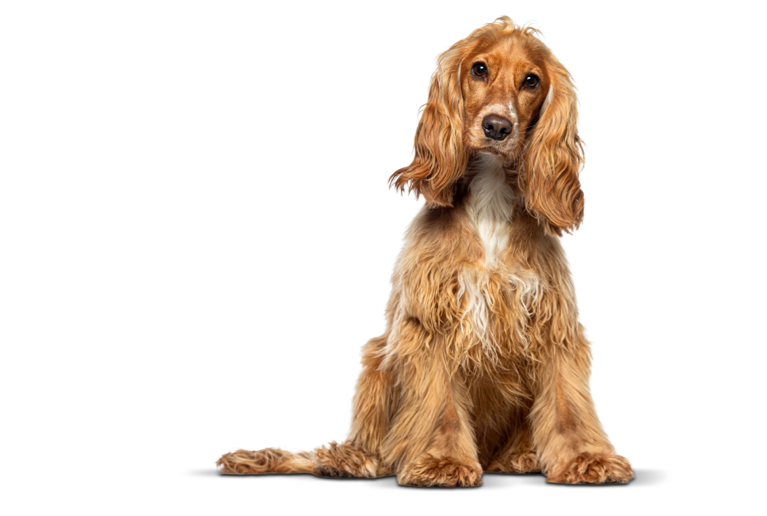
Adopting a dog is one of the most rewarding things you can ever do – you’re saving a life and making a wonderful addition to the family.
But while it’s a win-win situation, there’s a transition time you need to be aware of as your new bestie settles into their new surroundings.
Don’t be surprised if they’re a little withdrawn and quiet to start with. After all, it's a big change for them, so it's only natural that they need time to process everything.
But don’t fret! We’ve got you covered with some paw-some tips on how to adjust your new dog to their new home.
1. It's All About Space
While you and the kids are already crazy in love with your new pooch and want to cuddle and kiss them, some furry friends need time to get to know you before they welcome such close affection.
Be sure to give them a little space, or even a nice den area with a soft blanket where they can feel safe if they literally need a comfort zone!
New dogs might not eat much right away, either. They could be stressed and unsure about where they are and what might happen to them, so they don’t have much of an appetite. Again, give them time, and they’ll be eating like a horse to catch up!
In short, don’t be worried if they aren’t head over paws for you just yet! It can take a couple of months before a dog feels at home in their new home and comfortable with their new hoomans. It’s all normal.
So, when it comes to space, slow and steady wins the race!

2. Prep Their Place & Potty Routines
One of the best tips we can share with you on how to adjust your dog to their new home is to get your house ready to accommodate the exciting arrival before Fido even comes home.
First, be sure to seal off certain places in the house to keep their initial living space small. When you’re not directly supervising them, limit their space and access to your home or they’ll be going potty in the kitchen, chewing up your favorite socks, or treating your TV remote like a chew toy. Not good!
Until time has taught you that your dog can mind their manners, always make sure you pick up anything on the floor or surfaces that they can reach.
Kids’ toys are particularly at risk as a dog can’t tell the difference between their toys and those of the children. Bonus: it’s a great way to teach the kiddos to pick up after themselves! ;)
Also, some shelter dogs might not be potty trained, so it's best to learn how to get dogs housebroken ahead of time so you're prepared to potty-train your new pup.
You'll also want to get them used to nice walk around the yard or in your neighborhood to help settle your new baby down and show them where to do their business. Gently tell them to go potty, and if there’s a space in the back yard you want them to use, go there and encourage them there.

Household Hazards
Certain food, plants, and household items are more things to consider keeping out of reach -- especially if your new dog is extra nosey.
Dogs can’t eat many things that we do, and it’s essential to learn what those things are.
Plants and everyday items found in most homes can be dangerous. So, here’s a handy link to the Pet Poison Helpline website that will teach you what those things are. There’s also a phone number to call in case of an emergency. Tack this number up on the fridge!
Include the kids in the learning. They love to give pets treats as an act of love, but some human foods they’re slipping their dogs might take their furry fave to the vet! Check out our article about human foods to try and avoid to learn more!

3. Establish Their Routine
One of the best things to help your fur baby relax and settle into their new life is to start a routine that you set up during the first few days of having them home.
For example, are they allowed on the sofas and beds, or is that a no-no? Write the rules from the start and have everyone in the family on board.
Invite them up to show them it’s okay to chill on certain furniture. But, if they jump onto forbidden areas, don’t shout at them or worse. Toss a treat away from the sofa or bed and say “go get it!” Then, show them their bed and give them another treat when they’re on it.
When it comes to mealtime, try to feed your pup the same amount of food at roughly the same times of day. Before long, they'll start to develop those cool doggy-senses and know when it's time to eat without having to tell them! Oh, and we also suggest sticking to the same food, if possible. Changing their food too often can be 'ruff' on their tummy.
Lastly, things like the vacuums, dishwashers, or blenders might terrify a dog that’s never been in a home before. If they show signs of fear, feed them a few treats to establish a paw-sitive correlation with the activity.
If you think your new pup might need an extra burst of calmness, there are some wonderful products to give them a helping paw. Whether it’s soothing music, calming treats, or wraps that hold them tight for security, don’t be afraid to try them out.

Set Them for Success
Adopted dogs may have been through some challenging times, and shelters can be chaotic. They need time to decompress and learn that they’re finally in their fur-ever home. By following these tips, you’ll be setting them up for success and everyone will benefit.
Welcome home, little doggie!
We hope you’ve learned some paw-ticularly great tips on how to adjust your dog to their new home We’d love to hear from you if you’ve tried any of them and had success. Or maybe you have some other advice you’d like to share.
Go ahead and tell us all about your adoption experiences on Facebook, Instagram, Twitter, or Pinterest using #ZestyPaws.
If you’d like to learn more about our collection of products, including all of our calming treats, you can also reach out to us directly at 1-800-738-0661 or bark@zestypaws.com.

